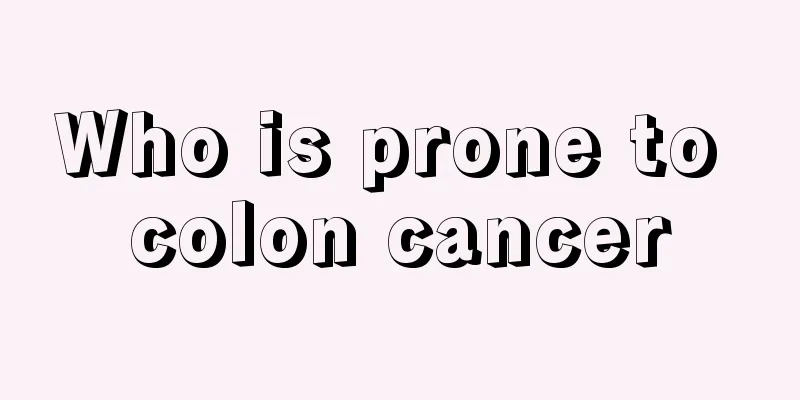What is the best way to treat left ovarian teratoma?

|
The treatment of left ovarian teratoma mainly depends on the size and nature of the tumor, as well as the patient's age and health status. The most common treatments include surgical resection, drug-assisted therapy and regular postoperative follow-up. 1. Surgical treatment Surgery is the main method for treating left ovarian teratoma, especially for patients with large tumors or malignant tendencies. The surgical method can be selected according to the situation: Laparoscopic minimally invasive surgery: It is suitable for benign teratomas with small tumors and no malignant tendency. This surgery has less trauma and faster recovery, and is suitable for young women. Laparotomy: If the tumor is too large, severely adhered to surrounding tissues, or suspected to be malignant, laparotomy is a more appropriate option to ensure a more thorough resection. Unilateral oophorectomy: For patients with significant malignant tendencies or extensive secondary lesions, in order to save their lives, the affected ovary needs to be removed while retaining the function of the contralateral ovary and uterus to the maximum extent possible. 2. Postoperative drug-assisted treatment Anti-inflammatory drugs: Anti-inflammatory drugs can be used appropriately after surgery to prevent postoperative infection. Chemotherapy drugs: If postoperative pathological examination suggests malignant teratoma, an appropriate chemotherapy regimen can be selected based on the patient's pathological stage and physical condition. Commonly used drugs include cisplatin, etoposide, etc. Hormone regulating drugs: Some patients may experience fluctuations in hormone levels after surgery. Doctors may recommend the use of hormone regulating drugs to help restore endocrine balance. 3. Regular follow-up after surgery Regular follow-up is still required after treatment is completed, including monitoring of tumor markers such as AFP and hCG and imaging review to prevent recurrence. For patients with benign tumors, ultrasound examinations should be performed at least once every six months; for patients with malignant tendencies, more intensive follow-up should be performed based on the doctor's advice. The treatment effect of left ovarian teratoma is usually good. As long as the appropriate treatment plan is selected and postoperative management is actively cooperated, the condition can be effectively cured or controlled. Once the patient is diagnosed, timely treatment and careful follow-up should be carried out according to the doctor's advice to ensure health and quality of life. |
<<: CT signs of small cell lung cancer
>>: What are the symptoms of cervical cancer in postmenopausal women
Recommend
What are the obvious symptoms of early gallbladder cancer?
What are the symptoms of gallbladder cancer? The ...
Refrigerator food storage period
Refrigerators are essential tools for most famili...
Introduction to castration therapy for breast cancer
There are two commonly used preventive castration...
What are the symptoms of bladder cancer
Bladder cancer is a malignant tumor that can occu...
The early symptoms of liver cancer will be ignored by people
The early symptoms of liver cancer are often igno...
What to do about congenital malnutrition?
Congenital malnutrition is a phenomenon that many...
What are the symptoms of insufficient blood supply to the brain
If the brain is not supplied with enough blood, i...
What are the sequelae of radiation for laryngeal cancer
The occurrence of laryngeal cancer is related to ...
Body pain in patients with advanced lung cancer
Body pain in patients with advanced lung cancer B...
The cause of alopecia areata may be related to these
Alopecia areata is common among men, also commonl...
Sequelae of breast cancer chemotherapy
As the pressure of life continues to increase, mo...
Common brain cancer chemotherapy drugs
The name and grade of a tumor are based on how th...
Spots appear on my face when I'm exposed to the sun
Many people have spots on their faces. The presen...
Multifunctional cooking pot
Nowadays, many people like to cook, not only beca...
How to clean tile stains
Once tiles get dirty, they are generally difficul...









